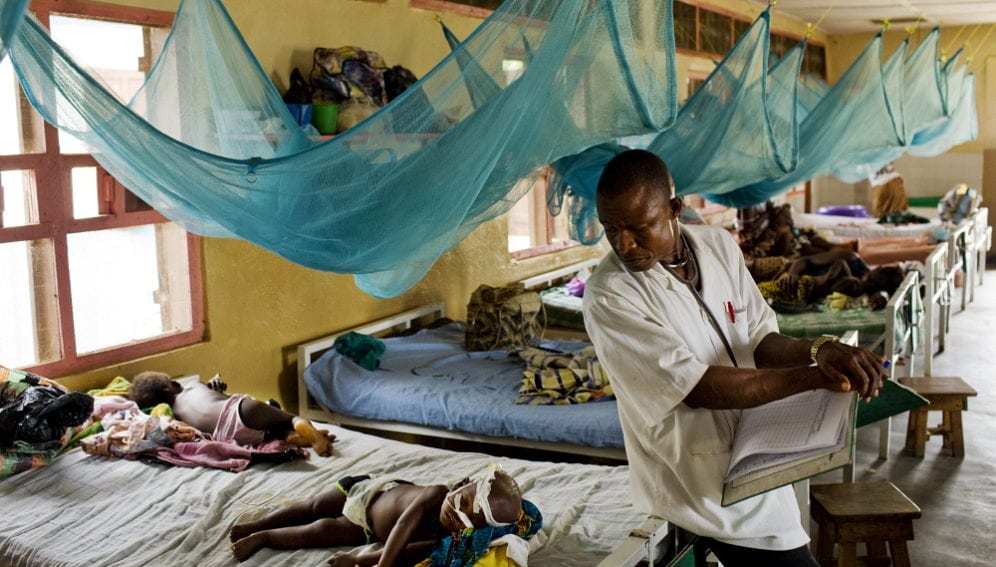By: Alice Hazelton
Send to a friend
The details you provide on this page will not be used to send unsolicited email, and will not be sold to a 3rd party. See privacy policy.
Plans to map research networks in the field of neglected tropical diseases (NTDs) could help ensure the field’s scarce funding is better focused.
Although NTDs affect more than one billion of the world’s 2.8 billion poorest people, pharmaceutical companies often neglect these diseases as they offer a poor return on investment.
But some scientists think that studying existing networks of NTD research will allow strengths and gaps to be identified so limited funding can be more efficiently distributed.
“We are operating very much in the dark in terms of who is funding what, where and how,” says Robert Terry, knowledge manager at the WHO’s Special Programme for Research and Training in Tropical Diseases.
“Research itself is very much built on collaborations, and mapping these collaborations will provide us with a better picture of what’s current and where the gaps remain,” says Terry, who is involved in ongoing plans for a WHO observatory on global health research.
Kaye Phillips, a senior director of evaluation and performance improvement at the non-profit Canadian Foundation for Healthcare Improvement, says that an increasing number of research grants and policy incentives aim to foster multidisciplinary research and projects that build connections between researchers and communities affected by NTDs.
“Research itself is very much built on collaborations, and mapping these collaborations will provide us with a better picture of what’s current and where the gaps remain.”
Robert Terry, WHO’s Special Programme for Research and Training in Tropical Diseases
By mapping research collaborations, an evidence base can be built to see whether such collaborative research actually makes a difference, says Phillips, who led a study of Canadian NTD research collaborations published in PLOS Neglected Tropical Diseases in December.
“Canadians are largely working with other Canadians, so there is an opportunity for us to collaborate more internationally, particularly given this is a global health issue,” she says.
Her study also discovered that Canada is already collaborating with African nations such as Kenya and Uganda.
She said that understanding the areas and partners already involved in collaborations would mean existing connections could be leveraged in future projects — and currently under-developed research areas could be identified.
“There is an opportunity for us to be collaborating more intentionally,” she said.
Max Bender, a doctoral student at Charité University, Germany, is doing a similar project, analysing the partners involved in NTD researcher collaborations with German scientists. Once published, Bender believes his results could help those seeking to identify researchers to fund or collaborate with. And he says his findings so far have already identified knowledge hubs than an analysis of traditional publication metrics alone would not reveal.
The work “could facilitate much-needed data-driven health policy analysis and assist civil society participation”, according to a poster he presented at a meeting on drug discovery and development earlier this year.
But while mapping research collaborations can highlight research areas and co-authors, Phillips says further work is needed to understand more about how collaborative research operates.
> Link to full study in PLOS Neglected Tropical Diseases














